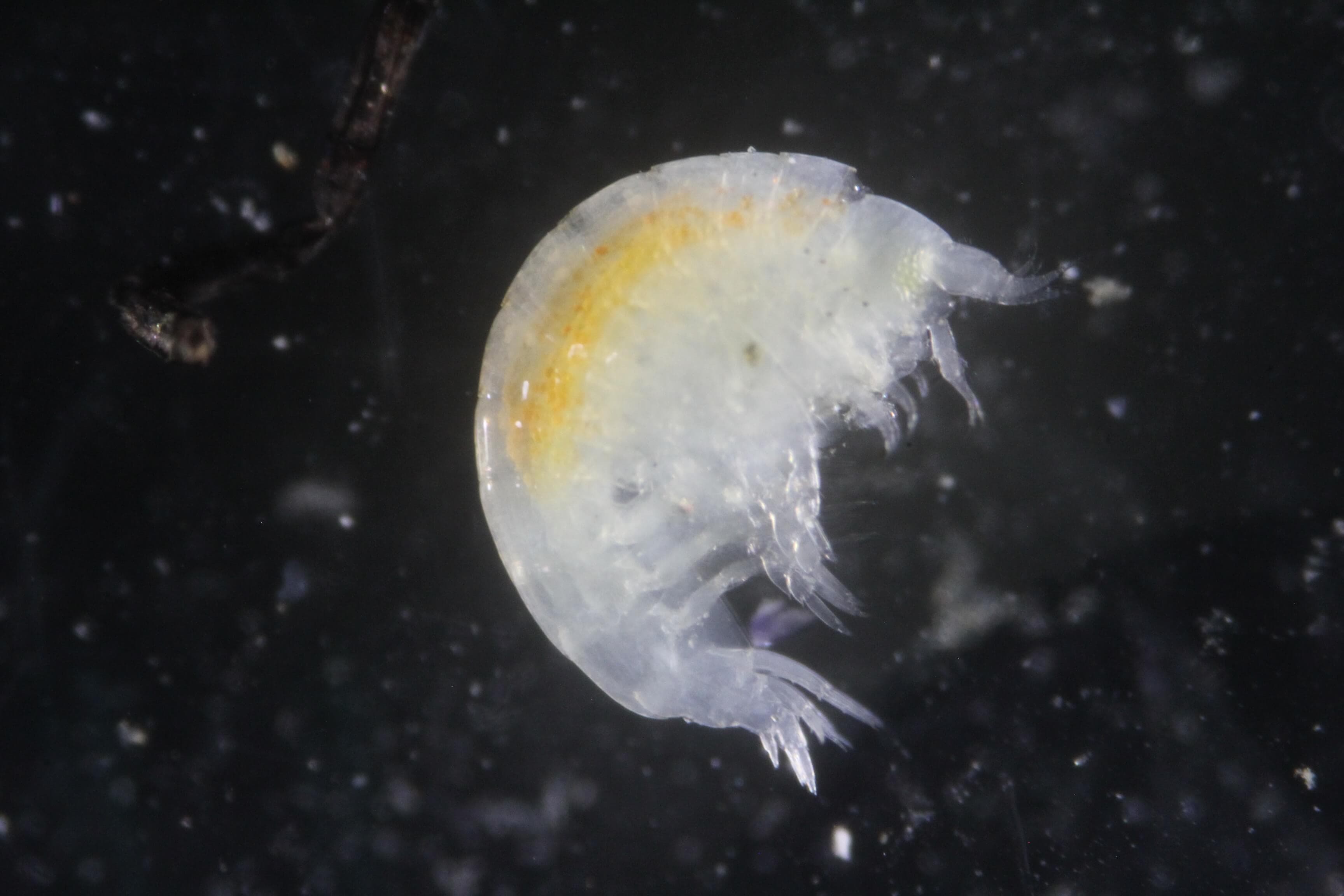
Environmental monitoring for aquaculture
Aquaculture is monitored by changes in chemical composition and the impact on benthic communities of invertebrates.
Organic load from aquaculture impacts benthic communities of invertebrates. By combining measurements of organic material (TOC, TP, TN and ORP) and the impact these benthic communities, vital information is gained. This information plays a key role in conducting a sustainable aquaculture.
Partners




Environmental monitoring for aquaculture
See data from environmental monitoring in Icelandic fjords.
RORUM has for years conducted environmental monitoring for fish farmers, besides being involved in numerous research projects on environmental impact of fish farming. Results are public. However, results are until now, only available in reports that are not very user friendly 😊. This webpage, as the first of its kind, presents the data in a user friendly way, to allow for everyone to see directly how organic loading from fish farms is measured and how it affects the animal communities in Icelandic fjords.
- Fish farming areas
Fish farming is conducted in the Westfjords and the Eastfjords.
- Benthic communities
Benthic communities are constantly changing. Here you can see how these changes are from year to year.
- Carrying capacity
Carrying capacity assessment is conducted to estimate how much biomass can be farmed in a sustainable way.
- Chemicals
During environmental monitoring, chemicals are measured. These are total organic carbon (TOC), total nitrogen (TN), total phosphorus (TP) and oxidation reduction potential (ORP).